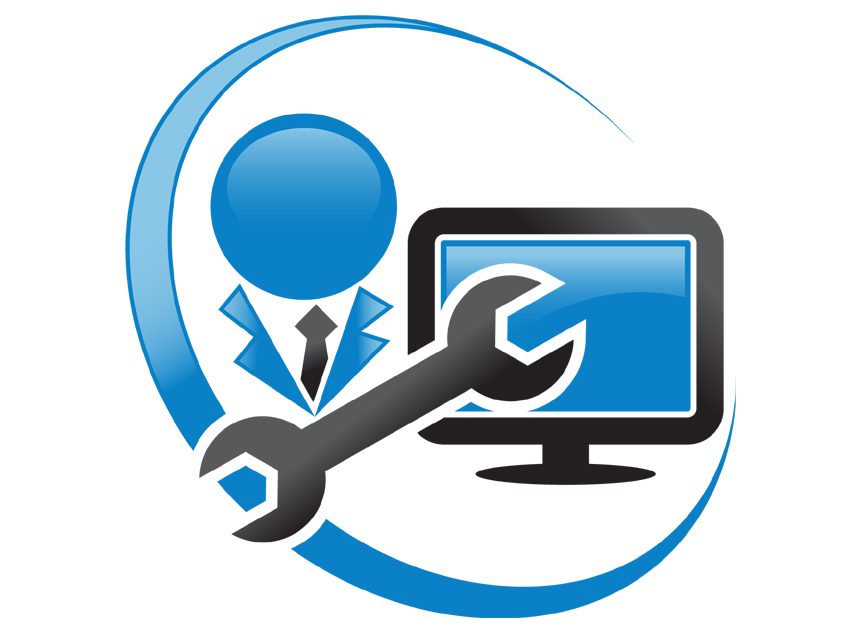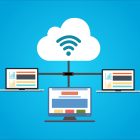What is Remote Maintenance?
Companies require servers to store their data which is then deployed over the network to the employee workstations on demand. To make sure two main components are performing well, IT teams in-house or managed services providers must monitor the server and network of the company and do the regular maintenance of software and hardware used within the company. Remote maintenance differs from on-site maintenance by the higher degree of complexity that the service involves and the level of understanding required by the IT staff to perform the daily tasks effectively. Nevertheless, remote maintenance and monitoring are revolutionary to the extent to which they allow companies to automate their IT processes and provide quick and effective resolutions on the spot.
Outsourced or In-house Remote Maintenance?
There are two options when it comes to Remote Maintenance – Outsource it to a managed service provider (MSP) or handle the entire network/server monitoring and maintenance in-house. Most of the time, corporations find the scope of this work rather challenging, especially if they have only a single IT team on-site responsible for servicing and implementing all other core functions at the same time. Hiring an MSP such as we-IT to perform remote maintenance routinely as an outsourced support solution or as part of a DaaS plan (Desktop-as-a-Service) frees small, mid, and large-sized businesses from unnecessary hassle and gives them better-performing systems at all times! These solutions are perfect for small start-ups that lack the technical know-how or the resources to provide remote maintenance to their workstations quickly and efficiently. Remote maintenance is a cost-effective strategy that does not require a big investment in time or resources and it’s available 24/7 if any issues occur.
Remote maintenance services translate into the ability of the provider of the company to dial into the computer of the employees and resolve all the identified issues. If the solution is outsourced from an MSP there will be a higher level of automation and a greater range of maintenance services.
What does Remote Maintenance do for the customer?
Better IT security
With an outsourced remote maintenance solution, your company will be staying on top of all security issues like removing viruses, malware, and pop-ups for a better speed of your service. Firewalls and antivirus software are also updated regularly with the latest upgrades to increase the level of your data protection. There are also additional monitoring and security measures that third-party cloud companies like we-IT perform to identify and prevent cyberattacks from happening while the virtual desktops are being used
Less downtime
One of the biggest advantages of using remote maintenance is that you reduce the downtime when your teams are experiencing technical problems on the front end. Cloud companies like we-IT use the latest software to access your remote desktops and perform maintenance on the spot. Our solutions also reduce the downtime of your company by consistent monitoring of your network stability and responsive troubleshooting, which improves your employee productivity and ultimately increases your customer satisfaction.
Tailored checks & Instant response
When you move to remote maintenance, you could customize the notifications that you receive about the health state of your network and the frequency of the checks on their performance. This gives can give you more detailed insights and better optimization of your network based on real-time data. Remote maintenance is also well-known for the speed of the response to technical issues that may occur. Instant alerts and quick remote access to devices allow IT teams in the house or the MSP to resolve issues as they happen.
Better performance of the network
There is no doubt that the performance of your network will increase with a well-managed remote maintenance solution. Continuous monitoring, servicing, updating, and patching increases the security of your software and the capabilities of your desktop environment as a whole. Through regular network health checks, control of memory usage, and other performance-improving services, your network can finally be reliable and stable at all times.






